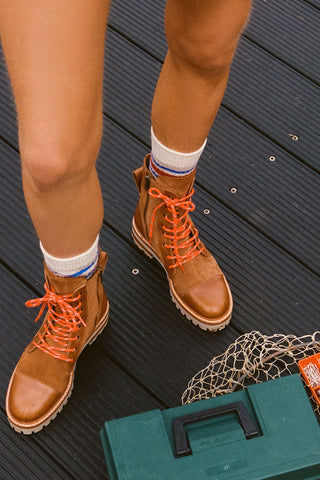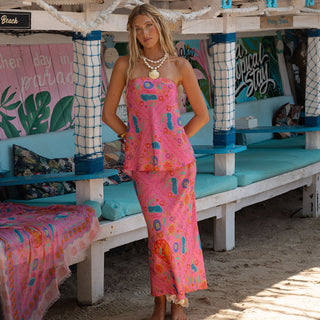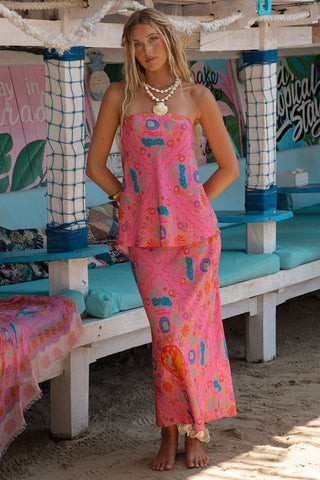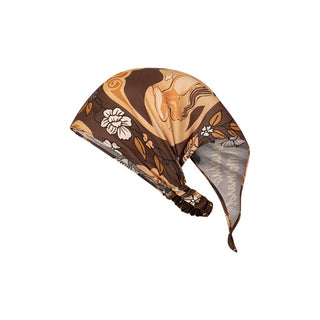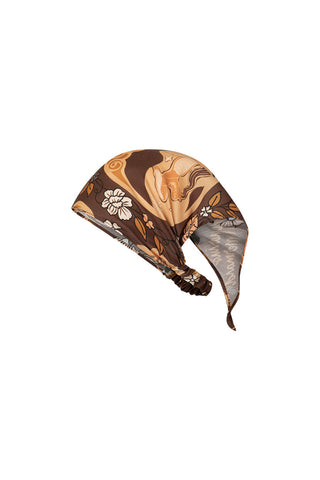LENZING™ ECOVERO™ Viscose sustainably managed forests sequester carbon from the atmosphere and are a renewable fiber source.
All viscose is made from cellulose. Cellulose is the main substance found in plant cell walls. From tree trunks, bamboo shoots and apple skins, cellulose is what helps the plant to stand strong, stiff, and upright.
The cellulose used in LENZING™ ECOVERO™ viscose is sourced from FSC® certified sustainably managed forests and plantations. Sustainably managed forests mean wood is not harvested from endangered or ancient forests.
The viscose process requires the use of chemicals to assist in the transformation of wood into the soft, fine fibers we know so well. Without careful management, these chemicals have the potential to cause harm to people and the environment. We use Lenzing because of the strict environmental standards and closed-loop chemical management that are implemented throughout their production, making the process safe for people and planet. The manufacturing of LENZING™ ECOVERO™ viscose generates up to 50% lower emissions and water impact compared to generic viscose.
Like Spell, Lenzing is partnered with the non-profit organisation Canopy to commit to supporting the preservation of ancient and endangered forests.
Shop LENZING™ ECOVERO™ Viscose>

